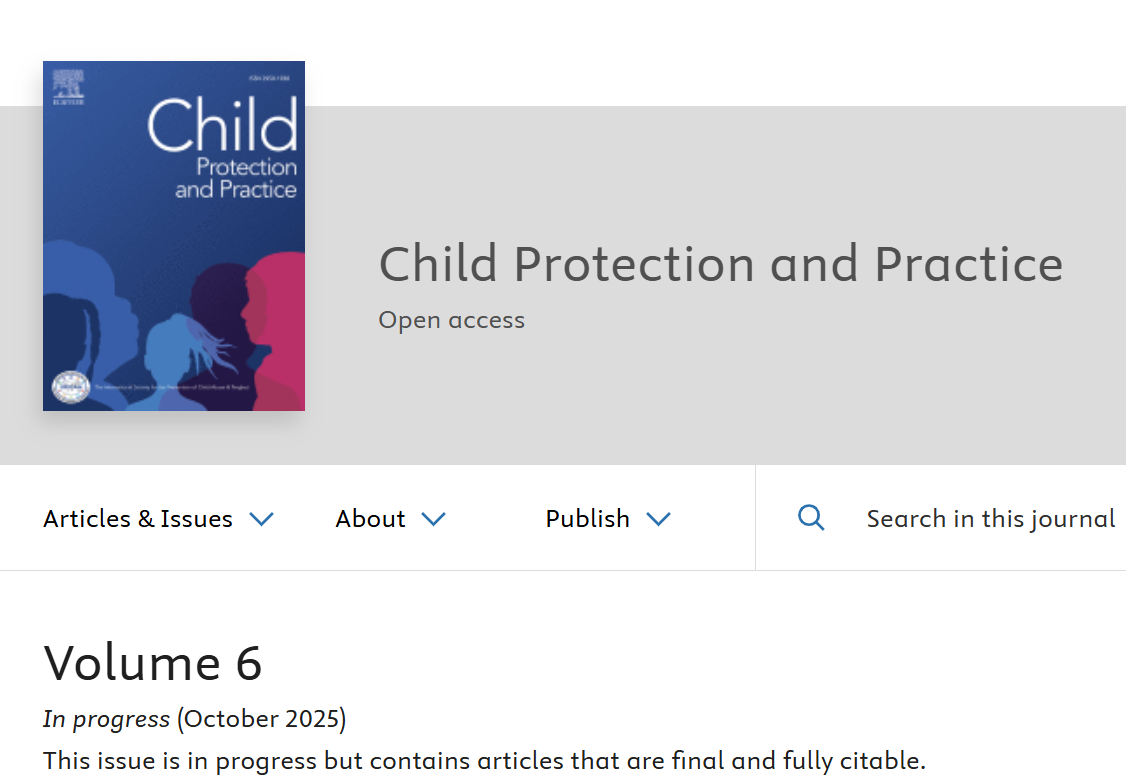
Parents’ views of the acceptability and efficacy of the Safe Environment for Every Kid model in the Swedish child health services
- Post by: Alper Idrisoglu
- 22 July, 2025
- No Comment
Abstract
Background
Safe Environment for Every Kid (SEEK) is one of few evidence-based approaches to identify psychosocial problems and facilitate support to families within pediatric primary care. The Swedish version of SEEK, called BarnSäkert (“Child Safe”), is being evaluated as a complex intervention in the Swedish child health services (CHS) for children aged 0–6 years.
Objective
Assessment of parents’ views of the acceptability and efficacy of the BarnSäkert/SEEK model within the CHS in Sweden.
Participants and setting
Mothers and fathers (n = 353) whose children were enrolled in the CHS.
Methods
An anonymous web-based survey posed questions regarding how parents perceived BarnSäkert/SEEK and whether services had been offered, accessed or planned as a result. Efficacy was measured as parents’ reports of an improved life situation or having been helped by the model.
Results
Among parents who discussed their situation with the nurse, 80 % reported that it had helped, 24 % had received help that they otherwise would not have and 20 % that their situation had improved. Appropriateness of the model was scored at 91/100 by mothers and 86/100 by fathers. Logistic regression showed significantly higher odds ratios for efficacy measures and service uptake for parents who were younger, born outside of Sweden or had lower levels of education.
Conclusions
Parents reported that the model was highly acceptable and efficacious in meeting their psychosocial needs. The findings lend support for application of the BarnSäkert/SEEK model in the Swedish CHS as an equitable approach to address psychosocial problems in families with young children.
Keywords
Child health services; Health promotion; Primary prevention; Psychosocial risk factors; Parental support; Acceptability; Efficacy
DOI:https://doi.org/10.1016/j.chipro.2025.100213
